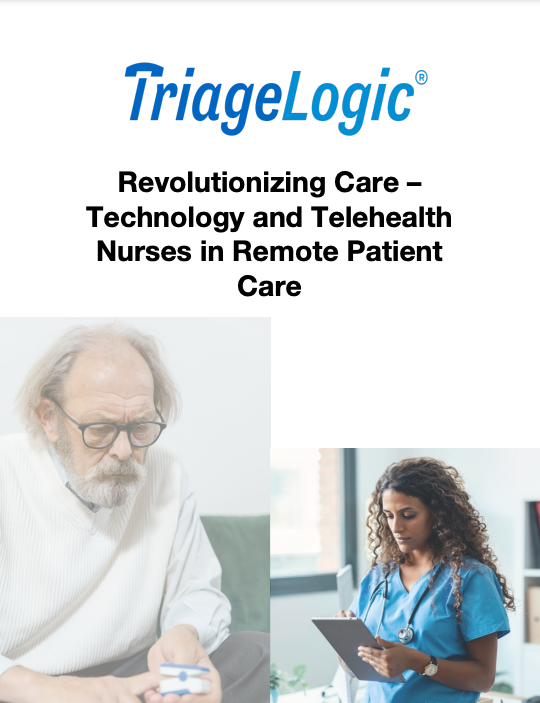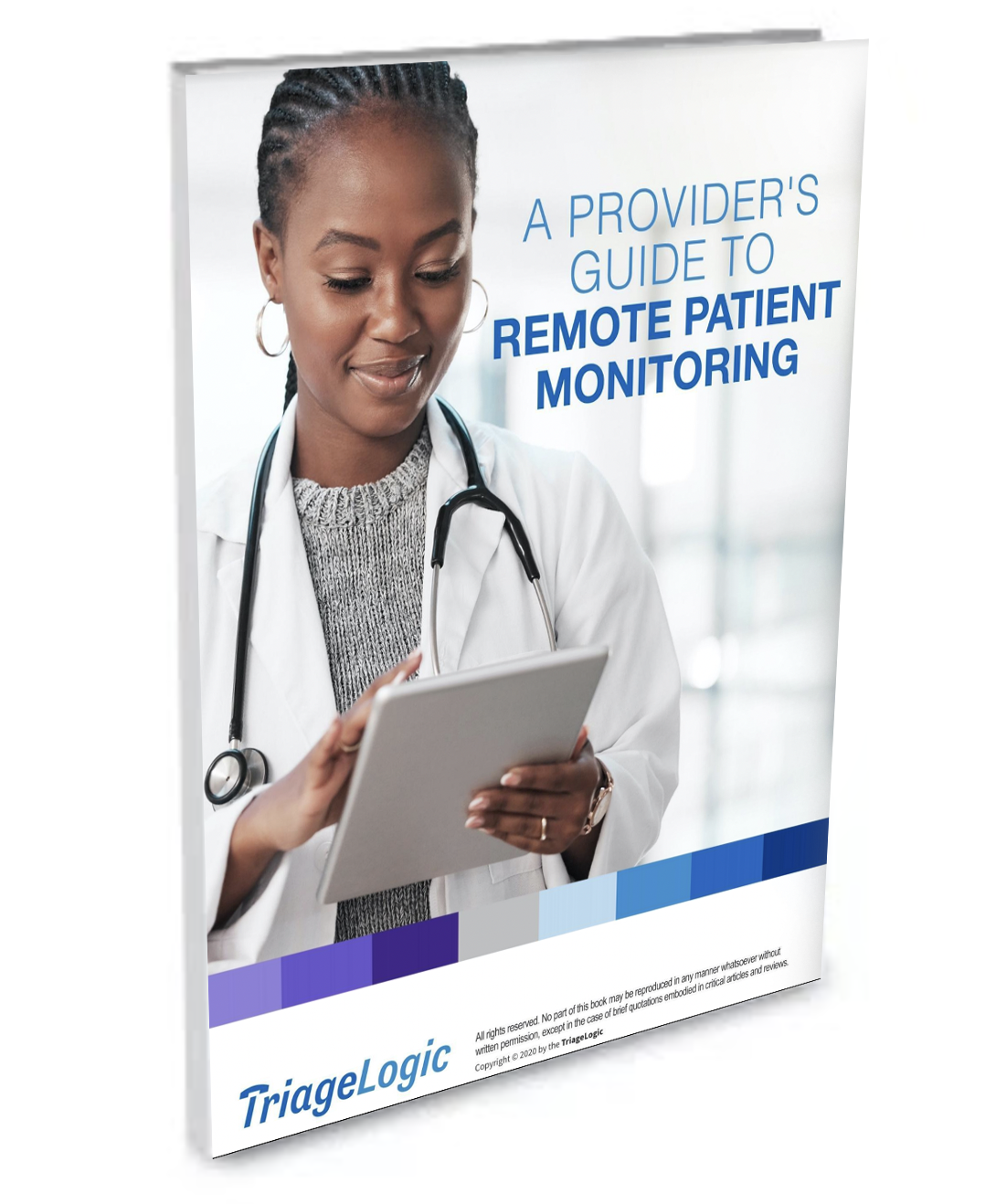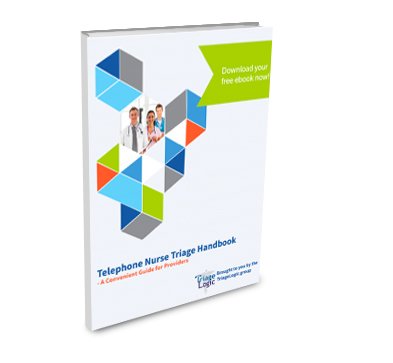Reimagining Patient Communication With Technology
Every day, hospitals and medical practices face a familiar challenge — too many calls, too few staff, and not enough time to handle every patient request with the speed and care it deserves. Doctors and administrators alike understand how these bottlenecks can lead to frustration, inefficiency, and even delayed care. Fortunately, technology is offering a new way forward through automated medical answering services. TriageLogic’s MedMessage Automate is designed to capture and organize patient messages using secure digital intake forms, helping practices respond faster, more accurately, and with fewer manual steps.
Understanding Automated Medical Answering Services
Automated medical answering services replace outdated, manual call-handling processes with intelligent, digital workflows. Rather than relying on front desk staff and nonclinical operators to take messages, automated intake relies on AI-driven forms and dynamic questioning to gather critical details directly from patients.
Each intake request is submitted through a secure, HIPAA-compliant platform that routes requests to the appropriate care team or triage nurse. This ensures that every message is complete, accurate, and prioritized, while also avoiding common issues with intake like transcription errors, missed symptoms, and delayed responses.
Unlike traditional voicemail, these services operate around the clock, empowering patients to report symptoms, ask for medication refills, or follow up on test results any time. For busy healthcare organizations, that means greater efficiency without sacrificing quality or compliance.
How Automation Improves Patient Care
Automation doesn’t replace the personal touch of healthcare, but it can enhance it.
Reduced Response Times
Rather than get stuck on hold or require back and forth calls to submit a request, patients can use automated intake to submit their messages directly and digitally to their providers. Faster message handling translates to quicker triage, earlier interventions, and better patient outcomes.
Improved Accuracy and Completeness
By guiding patients through a structured, adaptive intake process, automation reduces human error. For instance, if a patient types a note about chest tightness, an intake form can prompt for related symptoms like shortness of breath or dizziness. That level of precision ensures doctors receive comprehensive and relevant information, minimizing the need for follow-up clarification.
24/7 Accessibility
With automated medical answering services, patients can report symptoms after hours without waiting for callbacks. Pair this with outsourced nurse triage, and they’ll always have someone available to address their needs, evaluate their symptoms, and guide them to the care that they need before your office opens the next day.
Strengthening Continuity of Care
Automation also supports better coordination across care teams, especially when it’s compatible with existing electronic health record (EHR) systems. This makes it easier for nurses, physicians, and administrators to stay aligned on each patient’s needs and history.
Benefits for Doctors and Clinical Teams
For physicians, automated medical answering services mean less time spent sifting through voicemails, clarifying incomplete messages, or chasing down staff for updates. Instead, doctors receive structured, accurate summaries of patient concerns — often saving 3–7 minutes per patient intake request.
That efficiency compounds quickly. A busy clinic handling 50 patient calls a day could recover several hours of clinical time each week that could be redirected to patient care, chart reviews, or education.
Nurses benefit as well, since clear and complete patient messages reduce the need for repetitive follow-ups and manual data entry. Meanwhile, administrators gain measurable improvements in staff productivity, patient satisfaction, and documentation accuracy — all key indicators of operational success.
Enhancing the Patient Experience

Today’s patients expect the same level of convenience from their healthcare providers that they get from other digital services. Automated intake allows them to describe their symptoms in their own words, at their own pace, and without waiting on hold.
That sense of autonomy reduces anxiety while ensuring patients feel heard. Moreover, since automation ensures that messages are prioritized based on urgency, patients with more serious needs are addressed in the appropriate windows of time.
The result is a better overall patient experience that fosters trust and engagement while helping providers maintain a consistent standard of care.
Security, Compliance, and Peace of Mind
Data security remains a top concern for every healthcare organization. Fortunately, TriageLogic’s MedMessage Automate is fully compliant with HIPAA, using encrypted communication, cloud security, and access controls to protect sensitive health information.
By reducing the number of human touchpoints in message handling, automation also minimizes opportunities for data exposure or transcription errors.
The Real-World Impact of MedMessage Automate
Healthcare organizations that adopt MedMessage Automate can see significant improvements in both efficiency and patient satisfaction in a short amount of time. Many will have up to a 60% reduction in manual message intake within weeks of implementation.
These measurable results demonstrate how automation can elevate both patient care and operational performance by freeing up staff, improving documentation, and delivering the right information to providers.
With its scalable, AI-driven approach, MedMessage Automate is able to integrate with established workflows like your EHR and nurse triage. Whether your practice needs full automation or supplemental support during peak hours, we can adapt to your call volume and patient needs.
Why Automation Is the Future of Patient Communication
As healthcare systems continue to evolve, automation is becoming an essential part of delivering patient-centered care. It complements the expertise of doctors and nurses by streamlining routine communication, improving documentation accuracy, and allowing greater accessibility.
Rather than replacing the human connection, automation amplifies it, ensuring that patients get faster, safer, and more consistent care while providers focus their attention where it matters most.
Partnering With TriageLogic for Better Communication
If your organization struggles with missed messages, staff burnout, or inconsistent communication, it may be time to explore automated medical answering services.
MedMessage Automate is built by healthcare professionals who understand the challenges of clinical communication. From HIPAA compliance to user-friendly interfaces and EHR integration, it’s designed to enhance every step of the patient journey.
Ready to see how automation can transform your patient intake process? Contact us to schedule a free demo and experience the future of patient communication.
About TriageLogic
TriageLogic is a URAC-accredited, physician-led provider of top-quality nurse telehealth technology, remote patient monitoring, and medical call center solutions. Founded in 2006, the TriageLogic Group now serves more than 22,000 physicians and covers over 42 million lives nationwide.





